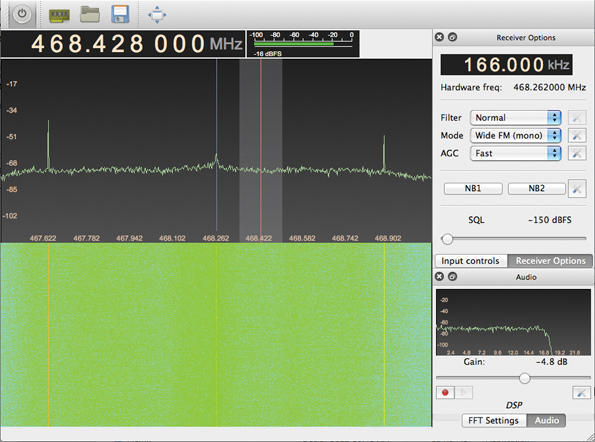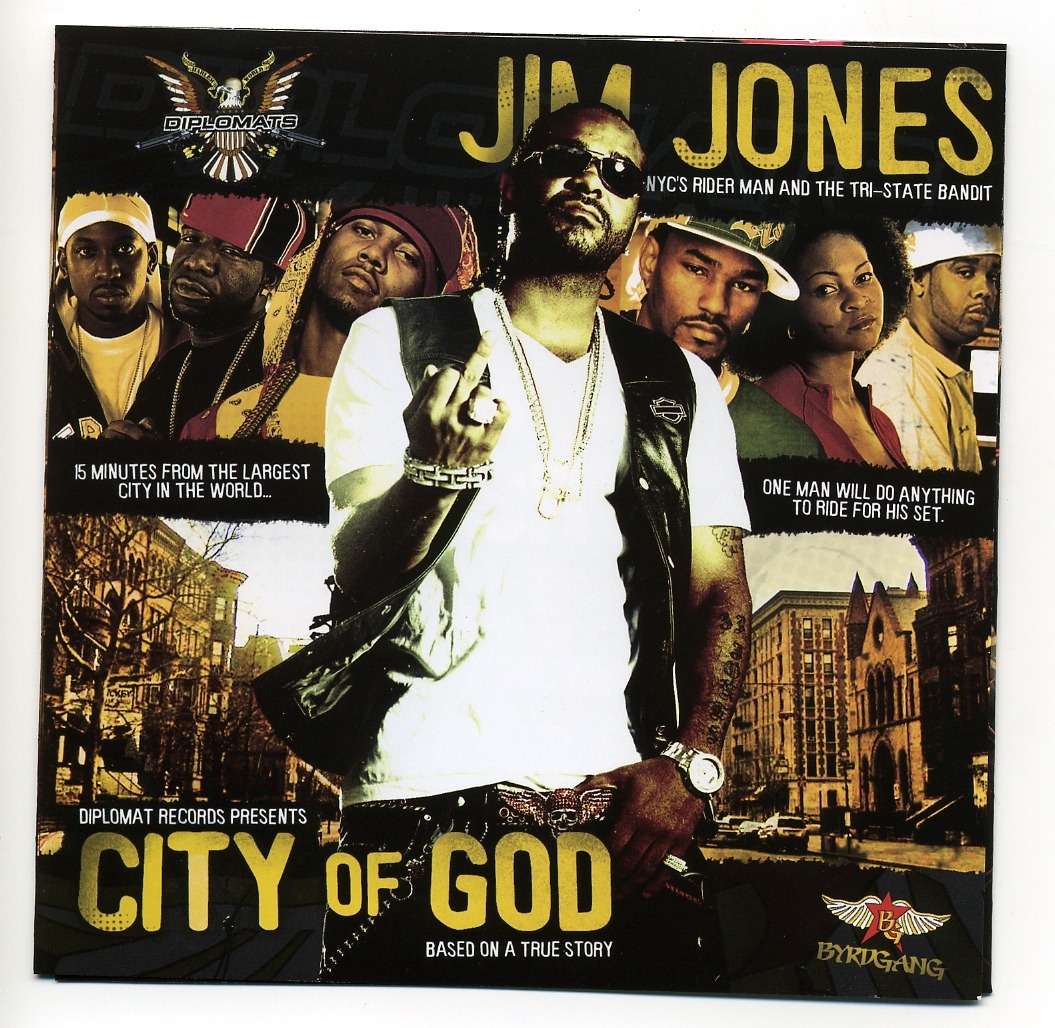
Inmarsat Software Defined Radio Online
Learn next generation communication & convergence technologies (Software Defined Radio, Cognitive Radio including white spaces,Cooperative Communication, Communication over Cellular Network, Femto Cell, Wireless Network, Mobile Adhoc Network, Research in 4G/5G) Use with Linux Radio, LabVIEW™, MATLAB Simulink™. Inmarsat is the world leader in global, mobile satellite communications. Always on, we connect people and things around the globe, 24/7, with the widest portfolio of global voice, broadband and IoT services in the market today. Inmarsat is the leading provider of global mobile satellite.
The new ELAD FDM-S3. The following article originally appeared in the: SDR Primer Part 1: Introduction to SDRs and SDR applications I author a radio blog known as the; as a result, I receive radio-related queries from my readers on a daily basis. Among the most common questions are these: “So, what is an SDR, exactly?
Are these better than regular radios?” and/or, “I think I’d like to buy an SDR. Which one do you recommend?” Great questions, both! But, before I address them, I must let the reader know that they are also “loaded” questions: simple enough to ask, but quite nuanced when it comes to the answers. No worries, though; the following three-part primer sets out to address these questions (and many more) as thoroughly as possible.
Pr200 pocket rocket manual. This first part of the primer will focus on the basic components of an SDR system. In part two, next month, we’ll look at affordable SDRs: those costing less than $200 US. In part three, we’ll take a look at pricier models and even include a few transceivers that are based on embedded SDRs. But before we begin, let’s start with the most basic question: What is a Software Defined Radio (SDR), exactly?
Not your grandpa’s radio Here’s how Wikipedia defines SDR: “Software-defined radio (SDR) is a radio communication system where components that have been traditionally implemented in hardware (e.g. Mixers, filters, amplifiers, modulators/demodulators, detectors, etc.) are instead implemented by means of software on a personal computer or embedded system.” Whereas your grandpa’s radio was all hardware––in the form of filters, mixers, amplifiers, and the like––SDRs are a mix of hardware and software. With the exception of tabletop transceivers and receivers with embedded software and systems (which we’ll discuss in part three of our investigation), SDRs typically take on a “black box” appearance: in other words, the radio looks like a simple piece of hardware with a minimum of an antenna port, a data port and many times there’s also some sort of LED or light to let you know when the unit is in operation. On some models of SDRs, there is a separate power port, additional antenna connections, power switch, and possibly some other features; however, “black box” SDRs often look like a nondescript piece of portable computer hardware––something like an external portable hard drive. Why would you want an SDR? Many of us have made it through life thus far without an SDRso, why in the world should we want the use of one? Below, I’ll list some of the most appealing reasons: Bang-for-buck.

The Airspy HF+ (top) and FDM-S2 (bottom). Photo by Guy Atkins. By and large, SDRs are quite a value when compared to legacy all-hardware radios. For example, I wouldn’t hesitate to pit my SDRs––such as the $500 or ––against legacy receivers that cost two to three times their price. Indeed, my SDR will give many DX-grade ham radio general coverage receivers a real run for their money.
They’re that good. Spectrum display SDR applications have a spectrum display which gives you a real-time view of a broad swath of the radio dial. Whereas you can tune to and listen to one frequency at a time with legacy receivers, SDRs allow you to view, say, the entire 31 meter band.
With the spectrum display, you can see when signals come on or go off the air without actually being tuned in to them. You can tell what signal might be causing interference because you can see the outline of its carrier. Spectrum displays are truly a window––a visual representation––of what’s on the radio.
Using legacy receivers now often makes me feel like I’m cruising the bands with blinders on. After becoming accustomed to having a spectrum display, there’s simply no way I’d want to be without at least one SDR in my shack. Powerful tools. I like how clean the user interface is for this SDR application (SDRuno) window that controls the SDR’s frequency, mode, filters and notch.  SDRs usually afford access to a dizzying array of customizable filters, gain controls, noise blankers, digital signal processing (DSP), audio controls, and more. Being able to customize the SDR’s performance and listening experience is simply unsurpassed.
SDRs usually afford access to a dizzying array of customizable filters, gain controls, noise blankers, digital signal processing (DSP), audio controls, and more. Being able to customize the SDR’s performance and listening experience is simply unsurpassed.